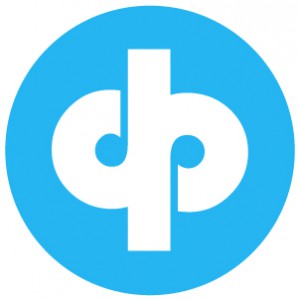In the realm of User Experience (UX) design, feedback plays a pivotal role in shaping and improving the products and services we create. It serves as a powerful tool that helps designers gain insights, uncover potential issues, and refine their work. This article explores the significant role of feedback in the UX design process, emphasizing its importance in achieving user-centric designs and fostering continuous improvement.
Understanding User Needs:
Feedback acts as a vital bridge between designers and users, providing invaluable insights into their needs, preferences, and pain points. By actively seeking and incorporating user feedback, designers can gain a deeper understanding of the target audience and their expectations. Through methods like user interviews, usability testing, and surveys, designers can collect firsthand feedback to inform their design decisions. This understanding helps align the design with user expectations, ensuring that the final product meets their needs and delights them.
Iterative Design Process:
The UX design process is iterative by nature, and feedback fuels this cycle of improvement. Designers present their initial concepts or prototypes to users and stakeholders, inviting feedback to identify areas that require refinement. By incorporating feedback early on, designers can course-correct and make necessary adjustments to improve the user experience. This iterative approach allows for continuous testing, learning, and enhancement, resulting in a more refined and user-centric final product.
Validating Design Decisions:
Feedback serves as a valuable tool to validate design decisions. Designers can present their ideas, wireframes, or prototypes to stakeholders, colleagues, or potential users to gather feedback on the effectiveness and usability of their designs. This validation process helps identify any usability issues, usability gaps, or missed opportunities early in the design phase. By incorporating feedback, designers can refine their solutions, ensuring that the final design meets the desired objectives and resonates with the target audience.
Uncovering Blind Spots:
One of the significant benefits of feedback is its ability to uncover blind spots. Designers, despite their expertise, may overlook certain aspects or assumptions in their designs. Feedback from users, colleagues, or other stakeholders can shed light on these blind spots, revealing perspectives and insights that designers might have missed. By embracing diverse feedback, designers can expand their understanding, challenge assumptions, and uncover hidden opportunities for improvement.
Promoting Collaboration and Empathy:
Feedback is a powerful catalyst for collaboration and empathy within design teams and across different stakeholders. By encouraging open and constructive feedback, designers foster an environment that promotes active participation and idea sharing. This collaboration leads to a richer understanding of user needs, encourages diverse perspectives, and nurtures a culture of innovation. Furthermore, feedback helps cultivate empathy by enabling designers to see the product through the eyes of users, enabling them to design more meaningful and empathetic experiences.
Continuous Improvement:
Feedback is not limited to the design phase; it plays a crucial role even after the product launch. By collecting post-launch feedback, designers can gain insights into the actual user experience, identifying areas that require further improvement or enhancement. This valuable feedback helps designers prioritize future iterations, address any emerging issues, and enhance the product based on real-world usage. Continuous improvement driven by feedback ensures that the product evolves in response to changing user needs and technological advancements.
Conclusion:
In the dynamic world of UX design, feedback serves as an essential component of the iterative design process. It empowers designers to understand user needs, validate design decisions, uncover blind spots, foster collaboration, and drive continuous improvement. By embracing feedback as a valuable tool, designers can create user-centric experiences that meet the evolving needs of their target audience. In an industry that thrives on user satisfaction, leveraging feedback effectively ensures that UX designers can deliver exceptional products and services that truly resonate with their users.

Leave a comment
You must be logged in to post a comment.